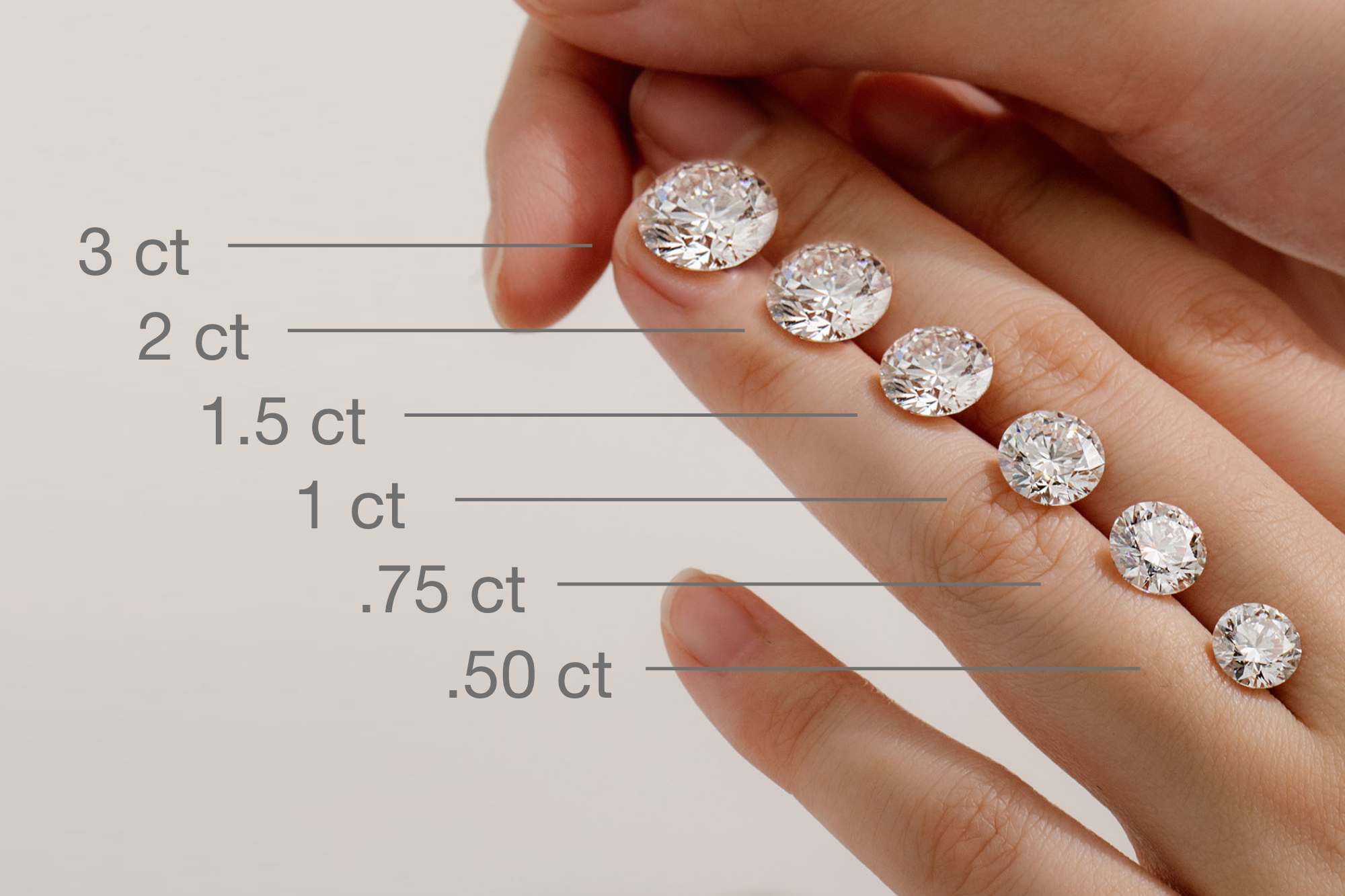How Big Is Your Diamond? Understanding Diamond Size and Measurement

When it comes to purchasing a diamond, one of the most common questions people ask is, “How big is your diamond?” This question encompasses several factors, including carat weight, dimensions, and the overall appearance of the stone. In this article, we will explore the various aspects of diamond size, how it’s measured, and what you need to consider when choosing the right diamond for your needs.
Understanding Carat Weight
One of the primary measurements of a diamond’s size is its carat weight. A carat is a unit of weight that equals 200 milligrams. However, carat weight does not directly translate to size, as the cut and shape of the diamond can significantly affect its appearance. For example, a well-cut diamond may appear larger than a poorly cut diamond of the same carat weight.
When asking, “How big is your diamond?” it’s essential to note that carat weight is just one part of the equation. A diamond’s cut, color, and clarity also play crucial roles in its overall appearance.
The Importance of Diamond Cut
The cut of a diamond significantly influences its size appearance. Diamonds are cut in various shapes, such as round, princess, oval, and emerald, and each shape can affect how large the diamond looks on the finger or in a setting.
A round diamond, for example, tends to reflect more light and may appear larger than a square princess-cut diamond of the same carat weight. When considering “How big is your diamond?” it’s vital to choose a shape that maximizes brilliance while also fitting your aesthetic preferences.
Measuring Diamond Dimensions
In addition to carat weight, the actual dimensions of a diamond—its length, width, and depth—play a critical role in how big it looks. Diamonds are typically measured in millimeters, and you can find these measurements on the diamond grading report.
For instance, a 1-carat round diamond may have a diameter of approximately 6.5 mm, while a 1-carat oval diamond could measure around 7 x 5 mm. Understanding these dimensions will help you gauge how big the diamond will appear when worn.
The Role of Shape in Size Perception
Different diamond shapes can create various perceptions of size. For instance, elongated shapes like oval or pear can create an illusion of a larger diamond compared to round or cushion cuts, which might appear smaller even if they have the same carat weight.
If you’re particularly concerned about how big your diamond looks, consider trying on different shapes to see which one appeals to you the most. A skilled jeweler can guide you in selecting a shape that maximizes the appearance of size without sacrificing quality.
The Setting Matters
The setting you choose for your diamond can also influence how big it looks. Certain settings, such as halo settings, can make a diamond appear larger than it is. A halo setting encircles the main diamond with smaller lab diamonds, creating an illusion of size while adding sparkle.
When asking, “How big is your diamond?” don’t overlook the importance of the setting. Choose a design that complements your diamond and enhances its overall appearance.
Visual Comparison with Other Diamonds
If you’re still unsure about how big your diamond might be, visual comparison can help. Many jewelry stores offer display rings with various sizes and shapes. Comparing your diamond to other diamonds of known carat weights can give you a better idea of how your diamond measures up.
Additionally, consider using a diamond size chart available online or in stores to see how your diamond compares visually to others. This comparison can provide a clearer perspective on what to expect when it comes to size.
Conclusion: Making the Right Choice
When choosing a diamond, understanding the question “How big is your diamond?” requires more than just knowing the carat weight. Consider the diamond’s cut, shape, dimensions, and setting to determine its true size and appearance.
By keeping these factors in mind, you can make a more informed decision when selecting the perfect diamond for your needs. Whether you’re buying an engagement ring or a special piece of jewelry, knowing how to assess diamond size will ensure you choose a beautiful stone that meets your expectations.





